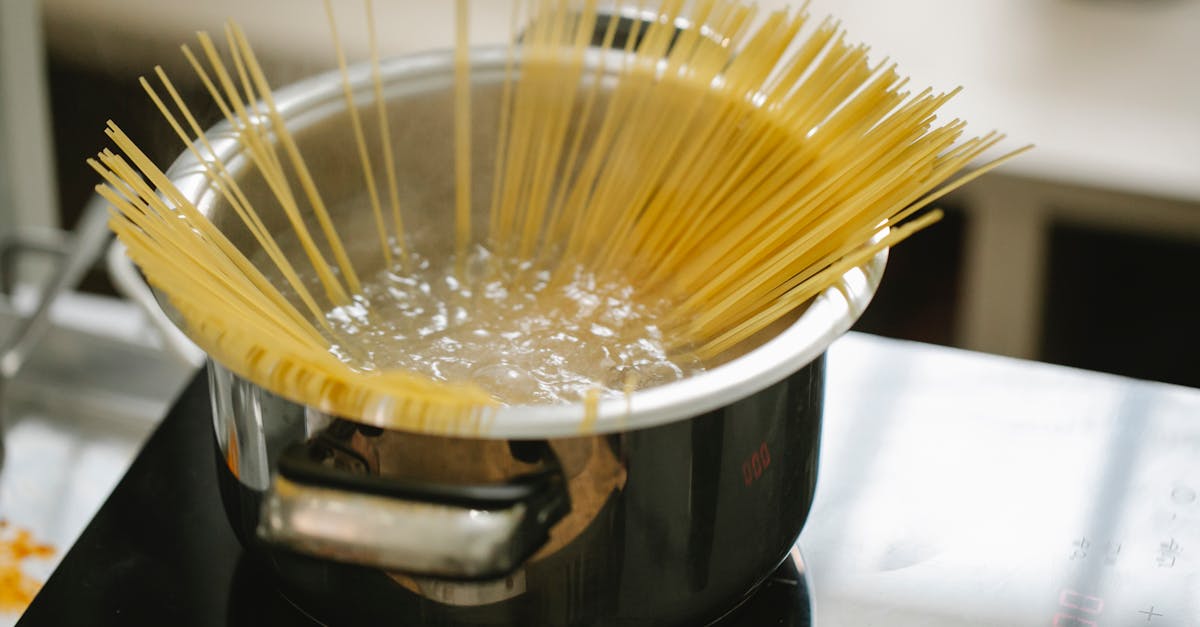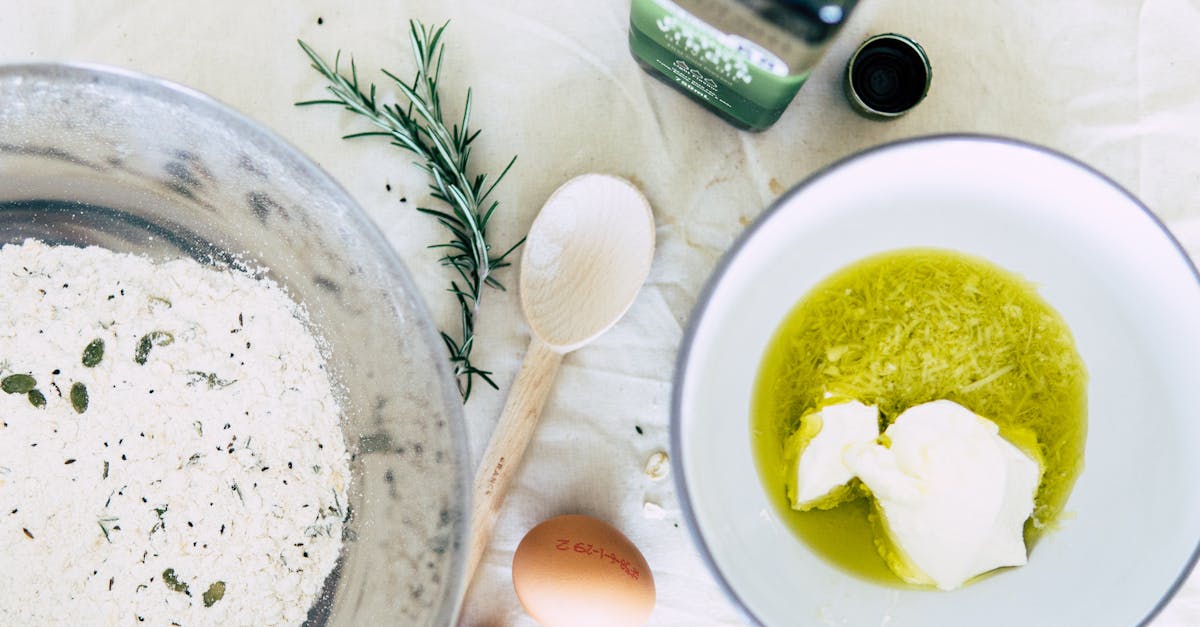Making pasta at home can seem daunting, but with a few simple steps, you can create delicious, fresh pasta that rivals your favorite Italian restaurant. Whether you’re planning a cozy dinner or impressing guests, homemade pasta is a delightful culinary adventure. Here’s how to make pasta at home with ease and confidence.
| Step | Description |
|---|---|
| 1 | Gather Ingredients |
| 2 | Make the Dough |
| 3 | Knead the Dough |
| 4 | Rest the Dough |
| 5 | Roll Out the Dough |
| 6 | Cut the Pasta |
| 7 | Cook the Pasta |
Gather Ingredients
To start your pasta-making journey, you will need some basic ingredients: flour, eggs, salt, and a little olive oil. The most commonly used flour for pasta is ’00’ flour, which is finely milled and gives the pasta a silky texture. For every 100 grams of flour, you’ll typically use one egg, but you can adjust based on the quantity you want to make. Fresh ingredients are key to achieving the best flavor and texture, so choose high-quality eggs and flour for the best results.

Make the Dough
Begin by creating a mound of flour on a clean surface and make a well in the center. Crack the eggs into the well and add a pinch of salt and a drizzle of olive oil. Using a fork, gently beat the eggs, gradually incorporating the flour from the edges of the well until the mixture is too stiff to mix with a fork. This step is crucial as it ensures that the eggs are evenly mixed with the flour, leading to a cohesive dough.

Knead the Dough
Once the dough starts to come together, it’s time to knead it. Flour your hands and the surface to prevent sticking, and begin kneading the dough by pushing it down and folding it over itself. Continue this process for about 8-10 minutes until the dough is smooth and elastic. Kneading is important as it develops gluten, which gives the pasta its structure and chewiness. If the dough is too sticky, sprinkle a bit more flour; if it’s too dry, wet your hands and continue kneading.

Rest the Dough
After kneading, wrap the dough in plastic wrap or cover it with a clean kitchen towel. Allow it to rest for at least 30 minutes at room temperature. This resting period is essential as it relaxes the gluten, making the dough easier to roll out. While the dough rests, you can prepare your sauce or any additional ingredients you want to pair with your pasta.

Roll Out the Dough
Once the dough has rested, it’s time to roll it out. Divide the dough into smaller portions to make it easier to handle. Using a rolling pin or a pasta machine, roll the dough out to your desired thickness. For most pasta types, aim for a thickness of about 1-2 mm. If using a pasta machine, start with the widest setting and gradually work your way to thinner settings. Dust the dough with flour as needed to prevent sticking.

Cut the Pasta
Now that your dough is rolled out, you can cut it into your preferred shapes. For tagliatelle, simply slice the dough into long strips; for ravioli, cut out squares and fill them with your choice of filling. Use a sharp knife or a pasta cutter for clean edges. Don’t forget to dust the cut pasta with a bit of flour to prevent it from sticking together while you prepare to cook it.

Cook the Pasta
To cook your fresh pasta, bring a large pot of salted water to a boil. Fresh pasta cooks much quicker than dried pasta, usually in about 2-4 minutes depending on the thickness. Once the pasta floats to the top, it’s done. Drain the pasta and toss it with your favorite sauce or ingredients. Homemade pasta pairs beautifully with simple sauces like olive oil and garlic, fresh tomatoes, or a rich cream sauce.

FAQ
Can I make pasta without eggs?
Yes, you can make egg-free pasta using just flour and water. This is a common method for vegan pasta or for those with egg allergies. The dough may be a bit more challenging to work with, but it can still yield delicious results.
How long can I store fresh pasta?
Fresh pasta can be stored in the refrigerator for up to 2 days. To store it longer, you can freeze the uncooked pasta. Spread it out on a baking sheet to freeze individually, then transfer it to an airtight container or freezer bag for storage.
What type of flour is best for making pasta?
The best flour for pasta is ’00’ flour, which is finely milled and high in protein. However, all-purpose flour can also be used if ’00’ flour is not available. For a whole grain option, you can use semolina flour or whole wheat flour, but be aware that the texture may differ.
Can I make pasta with a food processor?
Absolutely! You can use a food processor to mix the dough. Combine the flour and salt, then add the eggs while the processor is running until the dough comes together. After that, you’ll still need to knead it by hand to develop the gluten properly.
References: [USDA Food Safety and Inspection Service](https://www.fsis.usda.gov), [National Institute of Food and Agriculture](https://nifa.usda.gov)
